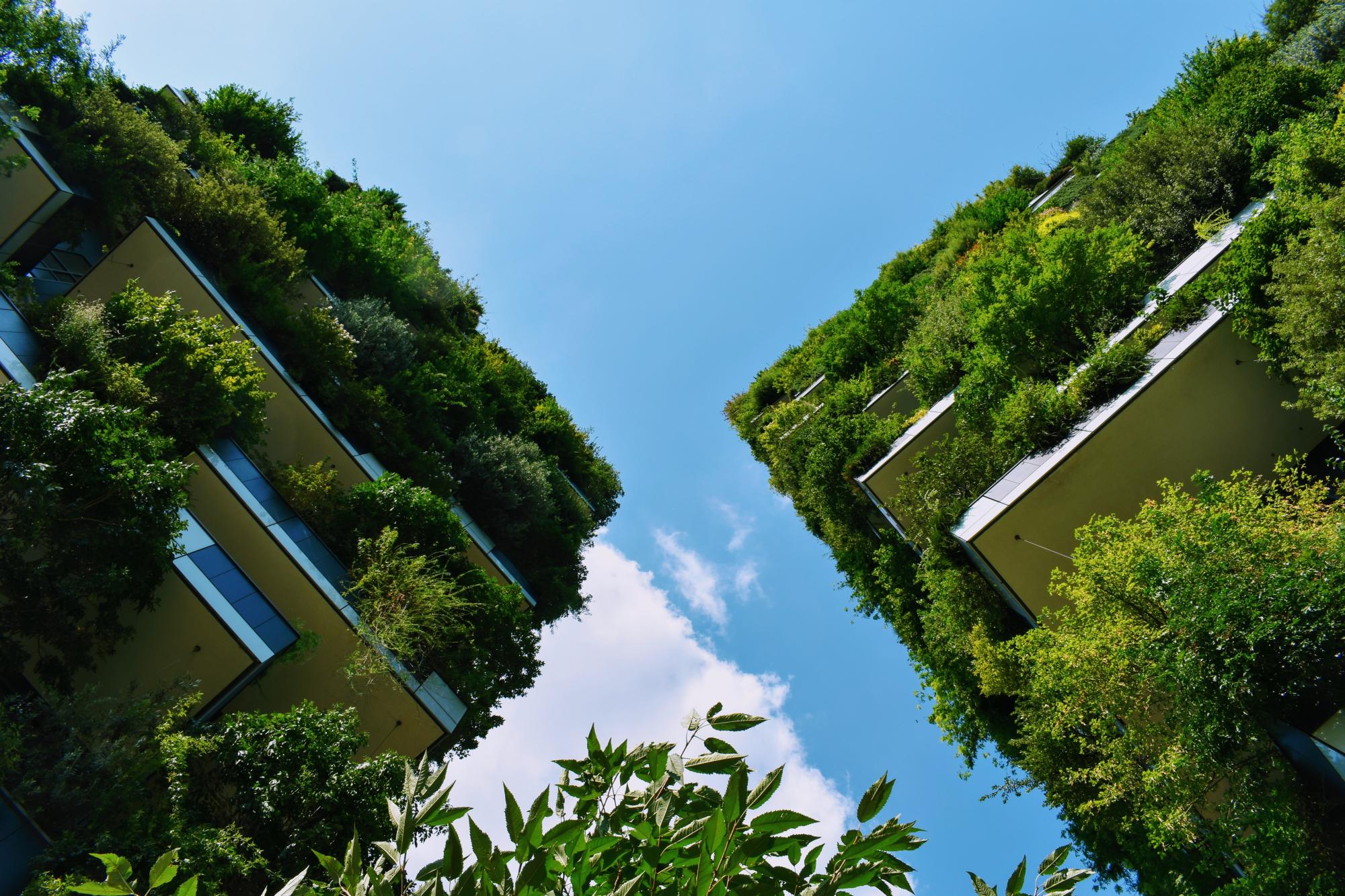The Misheel Botanical Garden is a large park located in Ulaanbaatar, Mongolia, established in 2021 along the Tuul River. The project was carried out by "Misheel Group" LLC in cooperation with public actors and more than 100 customer organisations, within the framework of social and environmental responsibility. The project cost 2.1 billion MNT and covers 110,000 square meters of green space, which was beautified without disturbing the native vegetation. The center aims to maintain and restore the ecological balance of flora and fauna, increase the flow of the Tuul river basin by planting trees each year, and provide citizens with more leisure and recreation opportunities. The botanical garden includes a combination of green-blue infrastructure and offers the opportunity for people to relax and expand their knowledge about a healthy environment. The center features a laboratory for students of natural sciences, a basketball court, a sand volleyball court, leisure areas for the elderly and infants, a dedicated sand area, and access for strollers and people with disabilities. The center also includes a terrace with a view of the Tuul River, where visitors can relax, and host events and activities throughout the year, including the winter. [Source: Information provided by the management team of this project, Ref. 1, 5]
Overview
Nature-based solution
- Blue infrastructure
- Rivers/streams/canals/estuaries
- Community gardens and allotments
- Community gardens
- Grey infrastructure featuring greens
- Riverbank/Lakeside greens
- Green playgrounds and school grounds
- Parks and urban forests
- Botanical gardens
Key challenges
- Environmental quality
- Air quality improvement
- Green space, habitats and biodiversity (SDG 15)
- Habitat and biodiversity restoration
- Habitat and biodiversity conservation
- Green space creation and/or management
- Regeneration, land-use and urban development
- Promote natural styles of landscape design for urban development
- Water management (SDG 6)
- Flood protection
- Cultural heritage and cultural diversity
- Preservation of natural heritage
- Health and well-being (SDG 3)
- Enabling opportunities for physical activity
- Improving mental health
- Improving physical health
- Creation of opportunities for recreation
- Inclusive and effective governance (SDG 16)
- Effective management
- Social justice, cohesion and equity (SDG 10)
- Social cohesion
- Social interaction
- Environmental education
Focus
Project objectives
Implementation activities
Biodiversity conservation or restoration-focused activities
Biodiversity conservation:
- Protect and enhance urban habitats
- Preserve and strengthen existing habitats and ecosystems
- Promote environmentally-sound development in and around protected areas
- Reduce negative impacts and avoid the alteration/damage of ecosystem
- Means for conservation governance
- Biodiversity offsets
- Raise public awareness
- Public engagement
- Create and use scientific knowledge for conservation
- Protect and apply traditional knowledge and conservation practices
Biodiversity restoration:
- Rehabilitate and restore damaged or destroyed ecosystems
- Restore native species
- Public engagement
Main beneficiaries
- Local government/Municipality
- Public sector institution (e.g. school or hospital)
- Private sector/Corporate/Company
- Citizens or community groups
- Young people and children
Governance
Management set-up
- Co-governance with government and non-government actors
Type of initiating organisation
- Local government/municipality
- Private sector/corporate actor/company
Participatory approaches/ community involvement
- Co-planning (e.g. stakeholder workshops, focus groups, participatory mapping)
- Crowd-sourcing/Crowd-funding/Participatory budget
- Dissemination of information and education
- Joint implementation (e.g. tree planting)
Details on the roles of the organisations involved in the project
Project implemented in response to ...
Financing
Total cost
Source(s) of funding
- Corporate investment
- Private Foundation/Trust
Type of funding
- Direct funding (grants, subsidies, or self-financed projects by private entities)
- Donations
- Membership or entrance fees
Non-financial contribution
Impacts and Monitoring
Environmental impacts
- Environmental quality
- Improved air quality
- Water management and blue areas
- Enhanced protection and restoration of freshwater ecosystems
- Green space and habitat
- Promotion of naturalistic styles of landscape design for urban development
- Increased green space area
- Increase in protected green space areas
- Increased conservation or restoration of ecosystems
- Reduced biodiversity loss
- Increased protection of threatened species
Economic impacts
- Increase of green jobs (e.g. paid employment positions)
- Increased property prices
- Generation of income from NBS
Socio-cultural impacts
- Social justice and cohesion
- Improved access to urban green space
- Increased opportunities for social interaction
- Health and wellbeing
- Improved physical health
- Improved mental health
- Gain in activities for recreation and exercise
- Cultural heritage and sense of place
- Improvement in people’s connection to nature
- Increased appreciation for natural spaces
- Education
- Increased support for education and scientific research
- Increased knowledge of locals about local nature
- Increased awareness of NBS and their benefits
Type of reported impacts
Presence of formal monitoring system
Presence of indicators used in reporting
Presence of monitoring/ evaluation reports
Availability of a web-based monitoring tool
References
2. The Misheel Garden, (2022), "A brief introduction to Misheel botanical garden", Ulaanbaatar, p. 4. (Attached)
3. Unuudur daily news (2022-08-02), "Must beautify the Tuul riverside, like Misheel", available at Source link (Accessed 18-01-2023)
4. GoGo online news (2021-06-12), "Inauguration of the Misheel botanical garden", available at Source link (Accessed 18-01-2023)
5. MonTsaMe national broadcasting (2021-06-12), "Inauguration of the Misheel botanical garden", available at Source link (Accessed 18-01-2023)
6. Kuzevanov et al. (2021): Botanical Gardens of Mongolia, Journal of Bio-sciences, available at: Source link (Accessed 18-01-2023)
7. Misheel City (2022), "Michelle Residence: It's time for us to live differently", available at Source link (Accessed 18-01-2023)
8. Ikon online news (2021-06-13), "Opening ceremony of Micheel botanical garden", available at Source link (Accessed 18-01-2023)
9. “VISION-2050” LONG-TERM DEVELOPMENT POLICY OF MONGOLIA, available at Source link (Accessed 18-02-2023)
10. Green City Action Plan for the City of Ulaanbaatar, 2019, Available at Source link (Accessed 19-02-2023)





